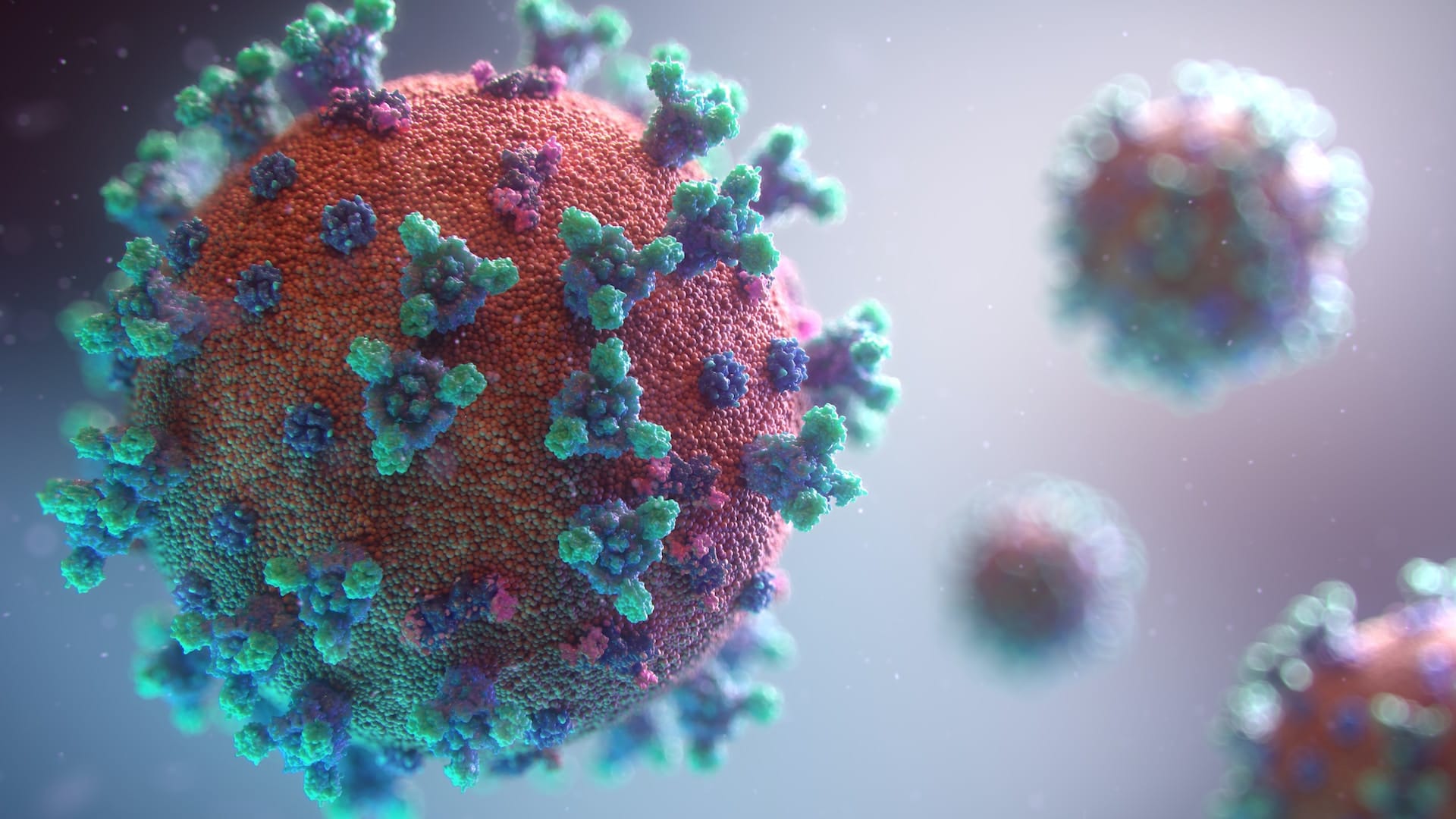The Marburg virus is a highly contagious and deadly virus that is part of the same family as the Ebola virus. It was first identified in 1967 during an outbreak in Marburg, Germany, where laboratory workers became infected after handling African green monkeys. The virus is primarily found in Africa, and there have been several outbreaks in the past, with mortality rates ranging from 24% to 88%. In this article, we will discuss the symptoms, treatment, and prevention of the Marburg virus.
Symptoms of the Marburg Virus
The symptoms of the Marburg virus are similar to those of the Ebola virus and typically appear within 2-21 days of exposure. The initial symptoms of the Marburg virus include fever, chills, headache, and muscle aches. These symptoms are followed by nausea, vomiting, diarrhea, and abdominal pain. As the virus progresses, symptoms can include rash, chest pain, cough, and bleeding from the eyes, ears, and nose.
Treatment of the Marburg Virus
There is no specific treatment or cure for the Marburg virus, and supportive care is the main form of treatment. This involves providing fluids, electrolytes, and oxygen. Patients may also receive treatment for their symptoms, such as pain medication and antibiotics to prevent secondary infections. Patients with severe cases may require hospitalization in an isolation unit.
Prevention of the Marburg Virus
Preventing the spread of the Marburg virus is critical. The virus is transmitted through contact with bodily fluids of an infected person or animal, such as blood, urine, saliva, and semen. To prevent infection, it is important to avoid contact with infected people and animals, especially in areas where the virus is known to be present. Protective clothing, such as gloves, gowns, and masks, should be worn when caring for infected individuals. Good hygiene, such as washing hands regularly with soap and water or using hand sanitizers, is also crucial.
Conclusion
The Marburg virus is a rare but deadly virus that can cause severe symptoms and is transmitted through contact with bodily fluids. While there is no specific treatment for the virus, supportive care can help manage symptoms and improve the chances of recovery. Prevention is crucial to controlling the spread of the virus, and individuals should take precautions to avoid exposure. More research is needed to develop effective treatments and vaccines for the Marburg virus. By understanding the symptoms, treatment, and prevention of the Marburg virus, individuals can take the necessary steps to protect themselves and their communities from this deadly virus.






